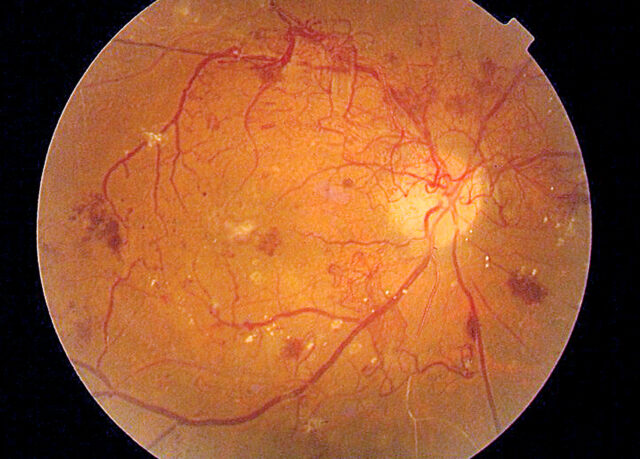
Disparities in diabetic retinopathy (DR) care are a serious public health concern. A new study reveals a troubling interaction between race, ethnicity, and neighborhood socioeconomic disadvantage (SDOH) on adherence to recommended eye care.
Some Key Takeaways from the Study
- Patients from disadvantaged areas (high ADI quartile) are more likely to miss follow-up appointments, regardless of race or ethnicity. This emphasizes the need for outreach programs and community partnerships to address barriers to care in these areas.
- While all groups experience increased lapses in disadvantaged neighborhoods, Black and Hispanic patients face an even greater risk compared to White patients in better neighborhoods. This suggests a compounding effect of racial disparities and SDOH.
- Interestingly, Black patients in the most advantaged areas had similar lapse rates to White patients. This highlights the importance of looking beyond race and ethnicity to understand individual patient needs.
The Big Picture
This study underscores the complex interplay of social factors influencing DR care. Optometrists can play a vital role in reducing disparities in this vital care by:
- Consider social determinants of health when assessing risk.
- Develop culturally sensitive communication strategies to address patient concerns.
- Support policies that promote equitable access to healthcare in underserved communities.
By acknowledging the combined effects of race and SDOH, optometrists can better serve their patients and work towards eliminating these vision health disparities.
SOURCE: American Journal of Public Heath




